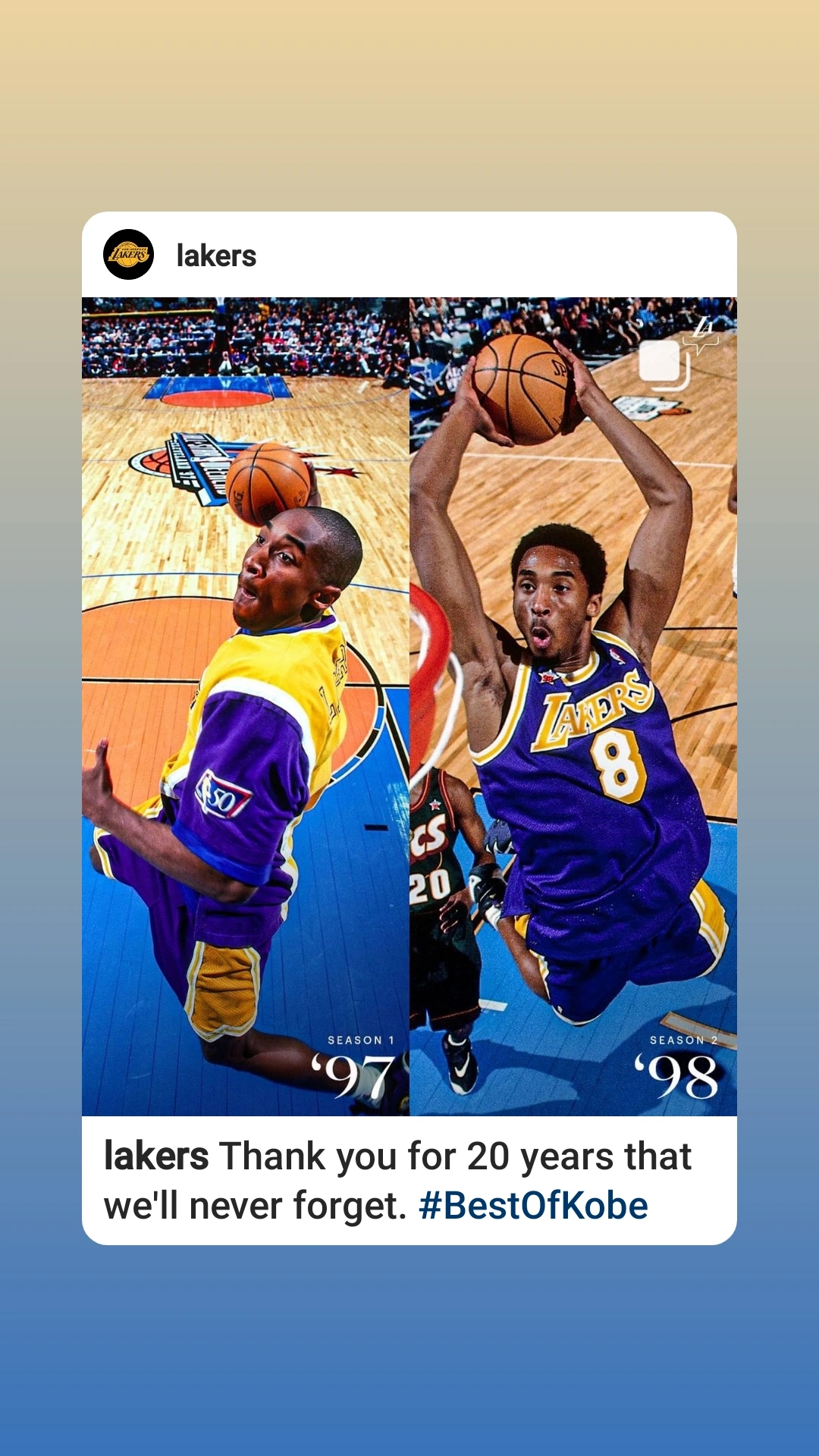
nicfrazier
No personal profile
27Follow
4Followers
1Topic
0Badge
oof
Sorry, the original content has been removed
oof
Beyond Apple Pay: Tech Giant Prepares to Take on Banks, Fintech
oof
Earnings Scheduled For February 2, 2022
oof
Sorry, the original content has been removed
oof
@Fredteh:$Stag Industrial(STAG)$ Good REIT to keep
oof
As the Sun Sets on 2021, These 5 Stocks Are My Highest-Conviction Holdings
oof
Why Elon Musk is One of the Most Influential People in Finance Markets
oof
Sorry, the original content has been removed
mannn
Sorry, the original content has been removed
damn
Stock-market traders brace for 'quadruple witching'
oof
Dow gains 0.3%, rebounding for a second day as inflation fears cool a bit
damnn
EV stocks rose in morning trading
oof
Sorry, the original content has been removed
damn
S&P, Nasdaq end at record highs as dovish Fed taper-talk calms investors
thx for sharing, this meant alot as I wanted to go all in for apple
Sorry, the original content has been removed
damn
Sorry, the original content has been removed
damn
This Unloved Tech Stock Could Make You Rich One Day
oof this is...
This Unloved Tech Stock Could Make You Rich One Day
nice
This Unloved Tech Stock Could Make You Rich One Day
nice
This Unloved Tech Stock Could Make You Rich One Day
Go to Tiger App to see more news